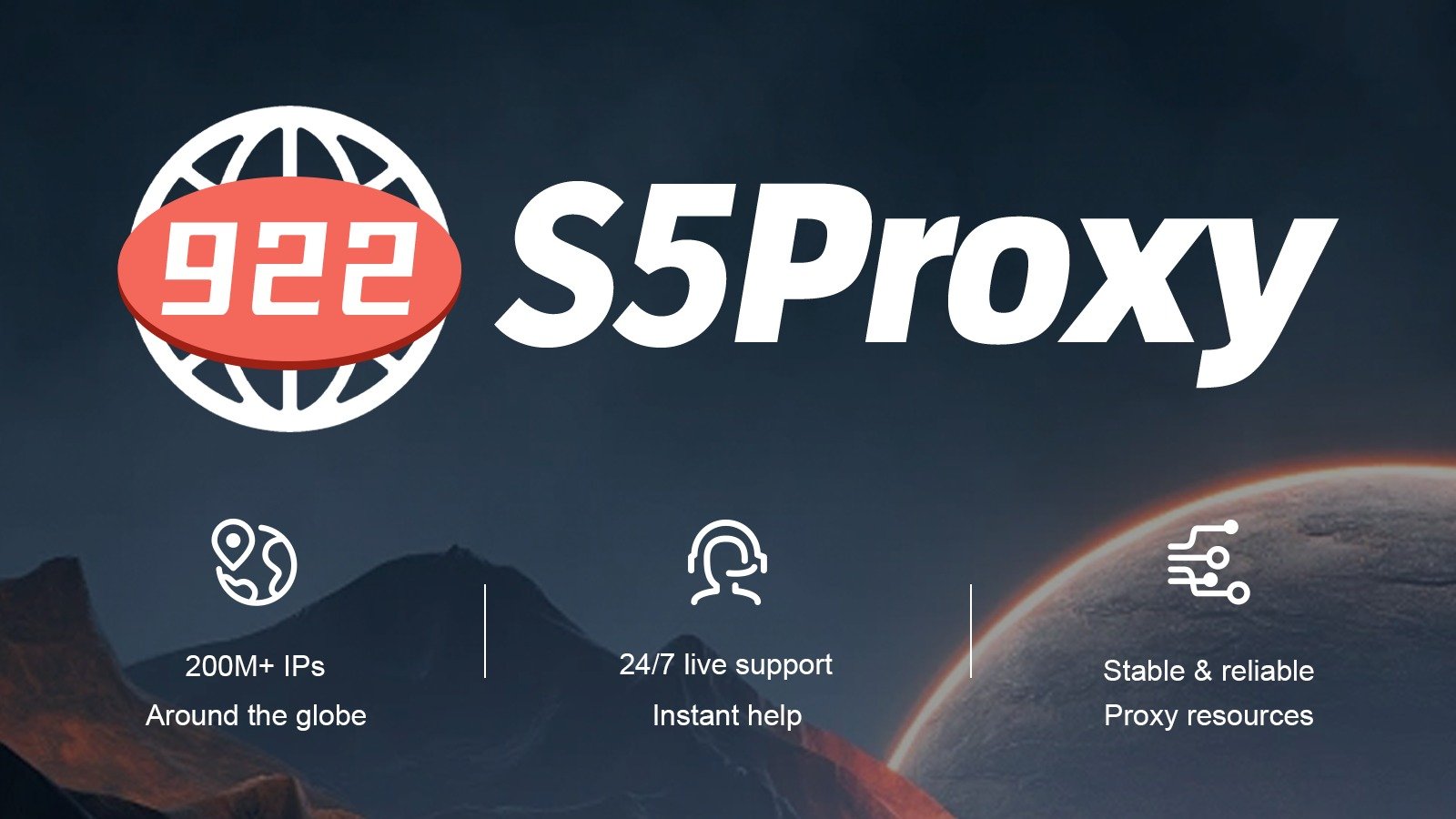Reverse Proxy, also known as a reverse proxy server, acts as an intermediary in handling requests from the client to the server. In this article, we will explain to you more about Reverse Proxy and the benefits it brings.
Introduction to Reverse Proxy
What is a Reverse Proxy?
How does a Reverse Proxy work? Imagine, you are a customer trying to access a website. Your requests are not always sent directly to the server but instead, they are sent to the Reverse Proxy. Here, the Reverse Proxy processes the request and then forwards it to the appropriate server. Finally, the Reverse Proxy receives the response from the server and returns it to the customer. This process takes place transparently, without affecting the user experience.
So, what benefits does Reverse Proxy bring? Reverse Proxy helps improve the performance and reliability of the system. By distributing traffic to the servers, it helps balance the load and prevent server overload. Moreover, if a server encounters a problem, the Reverse Proxy can redirect requests to another server, ensuring the service is always available.
Reverse Proxy provides an additional layer of security. It conceals information about the structure and IP address of the system behind, helping to prevent attacks from outside.
Reverse Proxy can act as a cache, storing temporary data from the server to serve subsequent requests faster. This helps alleviate pressure on the server and speed up website access.
Reverse Proxy supports data compression, reducing the size of files before sending them to users. This not only helps save bandwidth but also improves page load speed.
Reverse Proxy is an important tool to improve performance, reliability, and security of the system. By using a Reverse Proxy, you can ensure that your website operates stably, safely, and quickly. Hopefully, after this article, you understand more about the role and benefits of Reverse Proxy.
Buy cheap proxy at Proxyv6.net
Useful Applications of Reverse Proxy
Load Balancing
Reverse proxy can distribute requests from customers to multiple target servers, helping balance the load and optimize network resources.
Speed up Access (Caching and Compression)
Reverse proxy can store content from the original server and serve this content for later requests, helping reduce the load on the original server and speed up access. Additionally, the reverse proxy can also compress data to reduce the amount of information to be transmitted, thereby speeding up transmission.
Security and Anonymity
When using a reverse proxy, the IP and information of the original server will be hidden, helping protect the original server from network threats. Reverse proxy can also protect the original server from attacks such as DDoS.
SSL Termination
In this model, the reverse proxy will handle SSL (encryption) sessions instead of the original server, reducing the load on the server and increasing processing speed.
Content Switching or URL Rewriting
Reverse Proxy can also be used to modify the URL of the request before forwarding it to the original server, which is useful in many cases such as routing based on the URL path.
A/B Testing
Reverse proxy can direct requests to different versions of a webpage, allowing you to perform A/B testing.
Anti Web Scraping
Reverse proxy can help combat scraping bots by checking IP addresses, request headers, and user behavior, then blocking requests that it identifies as coming from bots.
GeoIP-based Routing
Based on the user’s IP, the reverse proxy can route the request to the nearest server or the most suitable server based on geographic location.
Splitting Applications into Services
A reverse proxy can route requests to different services based on the URL path. This is very useful when you want to split a large application into multiple microservices.
Recovery after Failure
If a server is not working, the reverse proxy can automatically switch the request to another server. This helps reduce downtime and increase the availability of the application.
Enhanced Security
Reverse proxy can help counter SQL injection attacks, Cross-site Scripting (XSS) and Cross-site Request Forgery (CSRF) by blocking malicious requests before they reach the server.
Implementing Custom Rules
Reverse proxy allows you to implement custom rules, such as blocking requests from a specific IP address or redirecting all HTTP requests to HTTPS.
Monitoring and Logging
Reverse proxy can also help monitor traffic, collect and record logs, helping to analyze and monitor system performance.
Buy Cheap Reverse Proxy at Proxyv6.net
At Proxyv6.net, we provide Reverse Proxy services at a very reasonable price. Are you looking for a high-quality, secure Reverse Proxy at an affordable price? Come to Proxyv6.net, we are committed to offering you the best service on the market.
With many years of experience in this field, we always strive to meet all customer requirements, from technology to cost. So, do not hesitate, visit our website today to buy a cheap Reverse Proxy. With Proxyv6.net, you will have peace of mind about the quality of service as well as dedicated support from our team of experts. We understand that each business has different requirements, therefore, we are always ready to customize our service to suit your needs. Whether you need a Reverse Proxy for a small project or a large organization, Proxyv6.net will be the perfect choice for you.
What is a Reverse Proxy?
A Reverse Proxy is a type of proxy server placed on the server-side that forwards requests from clients to other servers. Instead of directly connecting to the end server, users interact with the Reverse Proxy, and then the Reverse Proxy sends the request to the actual server to fetch the data. This provides several benefits such as enhanced security, load balancing, and caching.
How does a Reverse Proxy work?
When a user sends a request to access an application or website, that request first goes to the Reverse Proxy. The Reverse Proxy checks the request and determines the ultimate server where the data needs to be fetched. Then, the Reverse Proxy forwards that request to the appropriate server. After receiving the data from the server, the Reverse Proxy returns the result to the user.
Why use a Reverse Proxy?
Enhanced Security: A Reverse Proxy helps protect the end server from direct attacks by hiding the actual server information and redirecting requests through an intermediary point.
Load Balancing: A Reverse Proxy can distribute requests from users to multiple servers behind it, helping to balance the load and ensure the service remains available.
Caching: A Reverse Proxy can store copies of popular content from the server, reducing response time and speeding up access for users.





